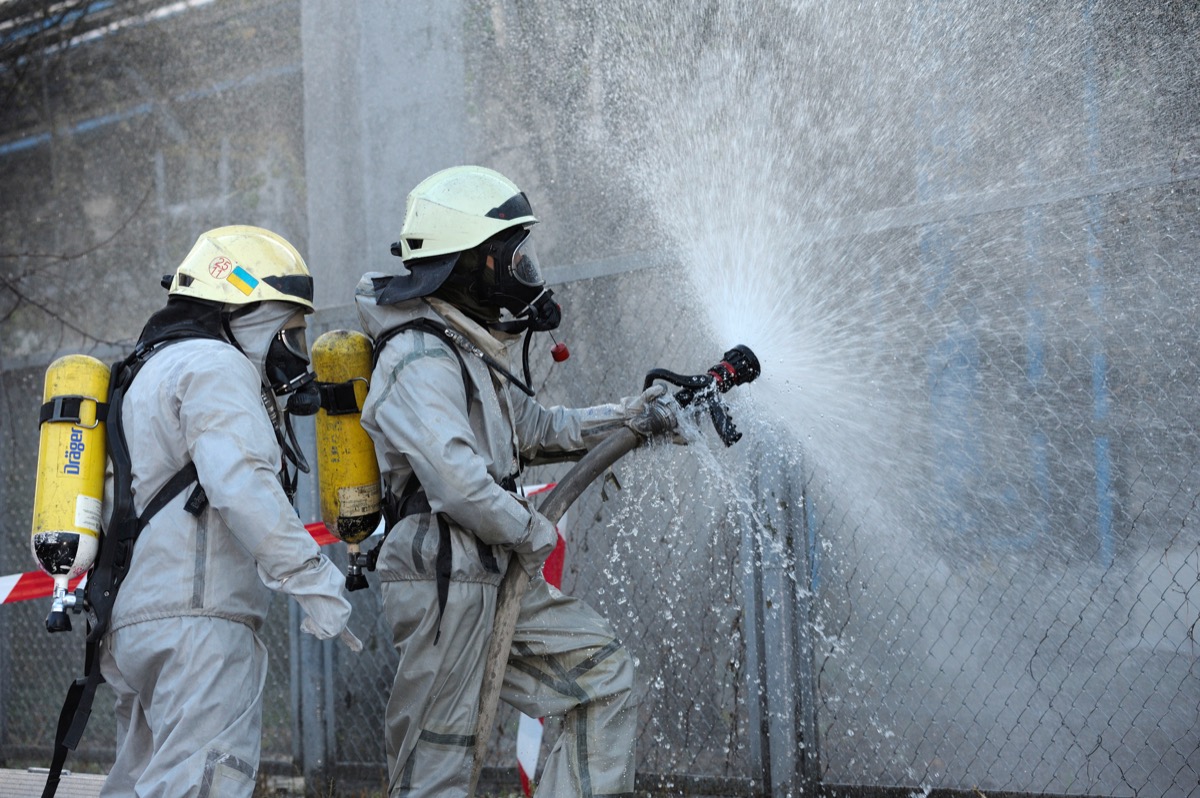Decontamination Solutions
During the war, decontamination sprays and washes were used to quickly sterilize equipment, vehicles, and other tools. The agent most commonly used during the war was called decontamination solution 2 (or DS-2). Though this solution is extremely effective at removing dirt and so on from equipment, it is also caustic and can damage materials, cause environmental pollution, and even cause bodily injury.

It may be possible that prolonged exposure to DS-2 is just as acerbic as other chemical contaminants in the atmosphere during the war.
Organophosphate Pesticides
The basis of every effective insecticide, pesticide, and nerve gas is organophosphate. In fact, the Environmental Protection Agency (EPA) has listed organophosphates as a chemical that is highly toxic to bees, humans, and wildlife. However, these were used more readily in the early 1990s and the troops could have been exposed to these pesticides during raids.
It was later discovered that organophosphates can also have adverse effects during neurological development in unborn babies and young children, even with minimal exposure.
Prydiostigmine Bromide
Although the medicine itself can be toxic, prydiostigmine bromide was given to the troops to counteract the damaging effects of chemical agents.
CARC
Also known as Chemical Agent Resistant Coating is a kind of automobile paint that was created to stop chemical weapons and agents from getting into the finish of military vehicles during the war. However, according to data from the manufacturers, prolonged exposure to CARC vapor during application can lead to symptoms similar to an asthma attack.
Additionally, it was discovered that CARC exposure can cause permanent damage to organs, such as the kidneys, liver, and brain.
More from Things Health
-
Polycystic Ovary Syndrome
Polycystic ovary syndrome is an overall endocrine disorder with its prevailing manifestation on female reproduction. It is identified if any two problems of the following…
-
Bilateral Carpal Tunnel Syndrome
While creating an inability to do regular functions in one hand could make life miserable, issues occurring in both the hands could make life hell.…
-
Heart Disease And Obesity
Binge eating is regarded an eating disorder whenever you cannot stop yourself from eating a lot of food very quickly, even whenever you are not…
-
Mindfulness And Meditation
Meditation was found to have a favorable influence on the body, brain, and spirit. Successful direction of persistent pain, reduction in blood pressure level, and…
-
The Rarest Medical Conditions in the World
Having a disease that is more rare does not necessarily mean that it is associated with more severe symptoms, even though this is often how…






